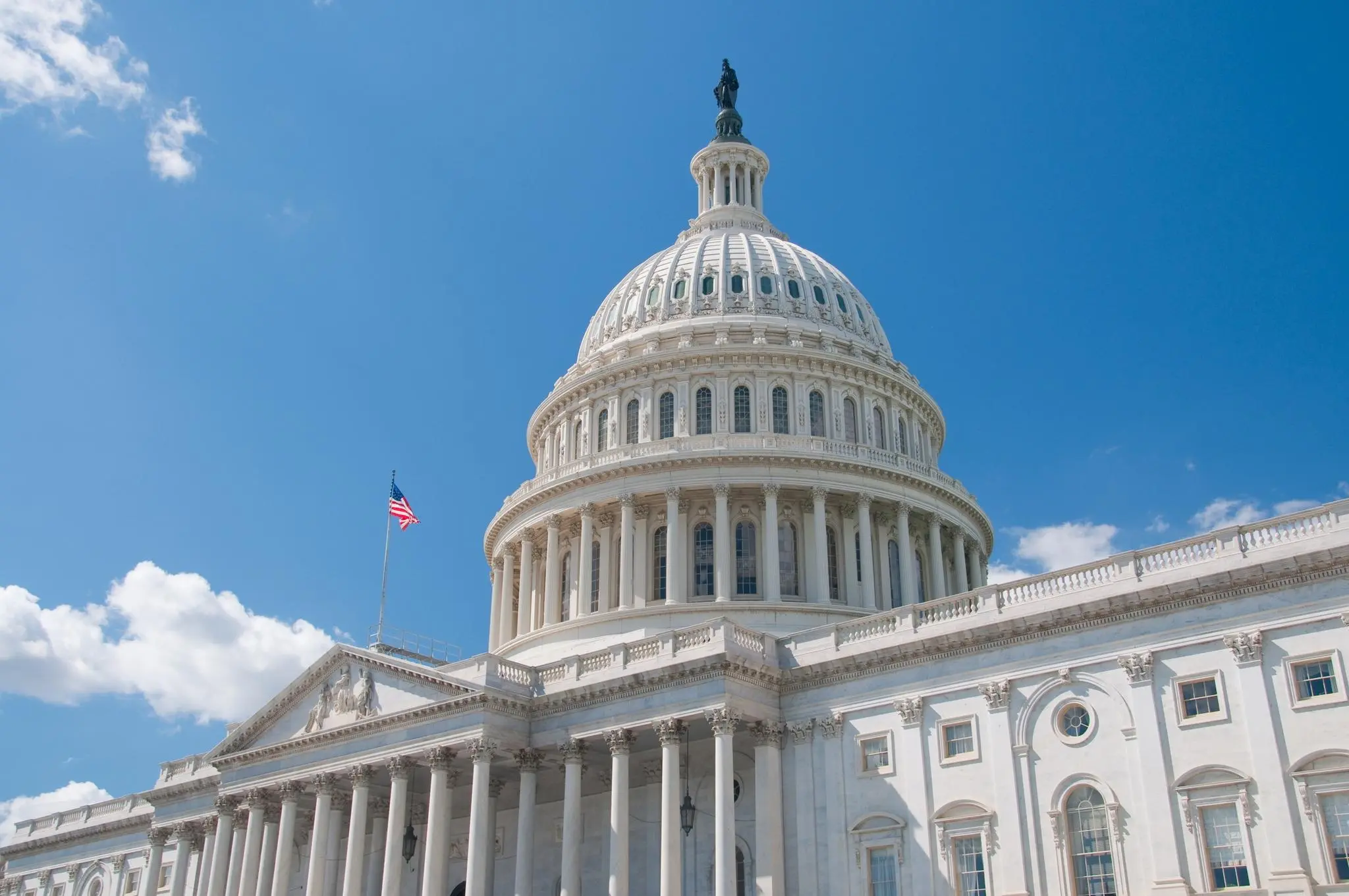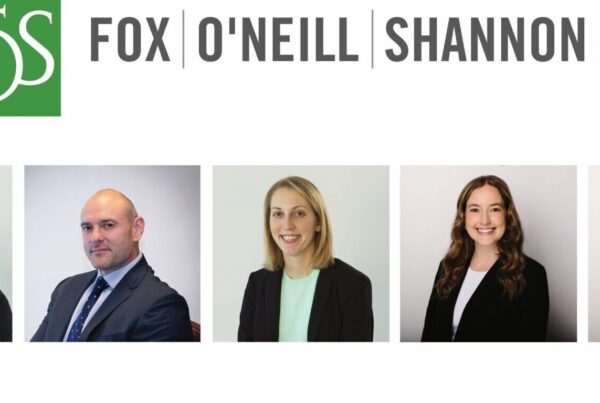Congress was busy at the end of 2022.
To make it easier for U.S. workers to fund their retirement plans, Congress passed the Secure Act 2.0 (the “Act”).
The Act aims to boost participation in workplace retirement plans and reduce the cost and administrative burdens of employers sponsoring them.
It is important to employers, employees with retirement accounts, and employees without them who want to save for retirement.
Some provisions of the Act will begin taking effect in 2023, with others becoming effective in 2024 and 2025.
These are among the major provisions of the Act, enacted on December 29, 2022:
-
- Changes to required minimum distributions (RMDs). The age required to begin drawing from non-Roth tax-deferred retirement accounts will increase from 72 to 73 in 2023, and to 75 in 2033. Effective after the date of enactment, penalties will decrease for missing an RMD. Beginning in 2024, Roth 401(k) plans will be exempt from pre-death RMDs, meaning that there will be no pre-death distribution requirement for Roth accounts in employer plans.
- Employer contributions/student loans. Starting in 2024, companies will be permitted to consider an employee’s qualified student loan payments in making matching contributions to the employee’s 401(k) plan, 403(b) plan, or SIMPLE IRA.
- Catch-up contributions. Starting in 2024, the annual $1,000 catch-up limit for IRA contributions by those over age 50 will be indexed by inflation. Starting in 2025, catch-up contribution maximums for 401(k) plans and 403(b) plans for those 60-63 will become the greater of $10,000 or 150% of the regular catch-up amount (the regular catch up amount for 2023 is $7,500), indexed for inflation. The base catch-up goes away at age 64, with the regular catch-up still available.
- Qualified charitable contributions (“QCDs”). QCDs allow taxpayers over 70 ½ to contribute directly to charity from their IRAs and avoid recognizing income on the donated amount. The Act will index the $100,000 QCD limit by inflation beginning in 2024. Effective for distributions made after the enactment date, one-time gifts of $50,000 to a charitable remainder trust or a charitable gift annuity will be permitted, but subject to restrictions.
- Roth-Related Enhancements. Beginning in 2023, individuals with SEP or SIMPLE plans can designate their plans as Roth plans. Beginning in 2024, tax and penalty free rollovers up to $35,000 during lifetime, from 529 college savings plans, opened for more than 15 years, can be rolled over to Roth IRAs, with limitations. Also in 2024, catch-up contributions to certain types of qualified plans must be treated as Roth contributions for employees who make $145,000 or more in the prior year. Effective after the date of enactment of the Act, employers can allow employees to elect matching contributions made in a Roth account, versus pre-tax contributions.
- Automatic enrollment. Starting in 2025, employers adopting new 401(k) and 403(b) plans will be required to automatically enroll eligible employees in those plans. This provision does not apply to small businesses with 10 or fewer employees, new businesses (having been in business for less than three years), church plans, and governmental plans.
The IRS must still interpret and apply the Act through a series of expected proposed regulations.
The Act is as complicated as it is important.
For example, many provisions are optional, as opposed to required, for employers. In addition, Whether to implement them will take much consideration and planning.
Your FOS attorney can help you navigate the complexities of the new Secure Act 2.0.






